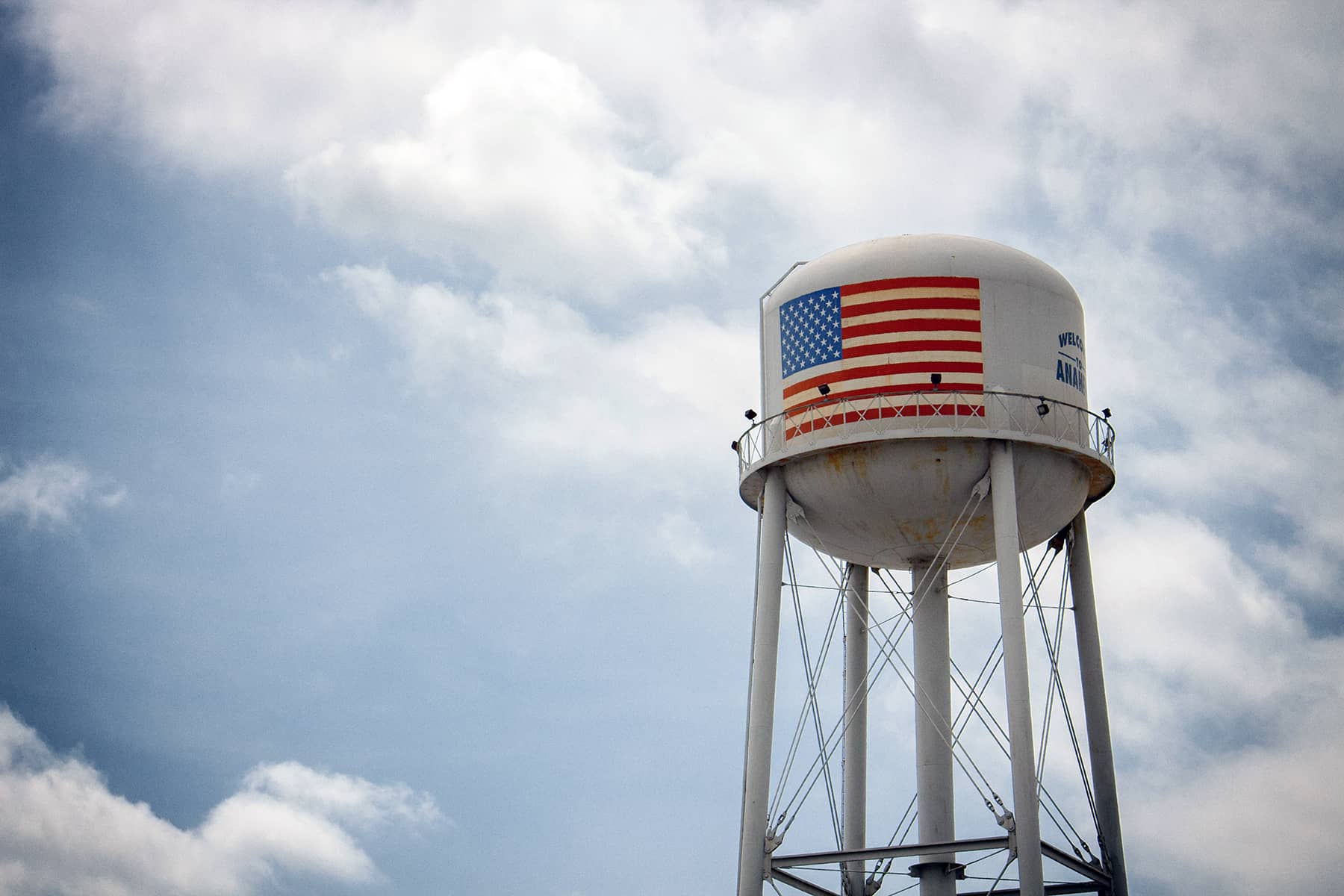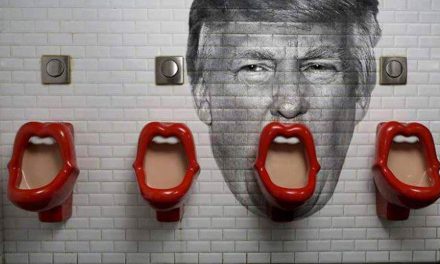
“The United States is a representative democracy…voting in an election and contacting our elected officials are two ways that Americans can participate in their democracy.” – The United States Citizenship and Immigration Services (USCIS)
I’ve grown tired of hearing people talking about how “our democracy” is in jeopardy. Americans love to brag about their form of government and claim “our democracy” is the best in the world. How “best” is defined is subjective. Certainly if we were to compare participation as citizens in the most important elections in the country, we would trail most other self-described democratic nations in voter turnout.
The 2020 presidential election had the largest number of voters in the nation’s history and the highest voter turnout since 1900. Data from the Pew Research Center looking at the 2016 election in comparison to other nations shows that we are far from “the best.”
“Pew Research Center conducted an analysis of turnout rates in the most recent national elections of 35 countries who are part of the Organization for Economic Cooperation and Development (OECD), a group of self-described democratic and market-oriented economies. In Pew’s analysis of votes cast as a percentage of the voting age population (VAP), the U.S. places 30th out of 35 nations for which data are available … Unlike in countries such as Sweden or Germany, which automatically register eligible citizens when they reach voting age, the process to register to vote in many U.S. states can be onerous. People have to figure out how and by when to register in order to have their votes counted; only 21 states and Washington DC offer same-day voter registration.” – Quartz, November 9, 2020
What is even more important is that the results of the presidential election in 2020 show that only one state (Minnesota) had a voter turnout above 80%. Overall just 66.8% of eligible voters voted in 2020. The 159.7 million votes cast seems like a lot. There were 239 million Americans who were eligible to vote. A total of 79.5 million Americans eligible to vote did not. That total is 11.6 million more than the population of the United Kingdom; 14.5 million more than the population of France; 19 million more than the population of Italy; and 32.2 million more than the population of Spain. Only 18 nations outside the U.S. have more people than the number of eligible Americans who did not vote in the 2020 election.
Looking at the results of the election gives us a clear understanding that neither Joe Biden or Donald Trump received any where close to the votes of a majority of eligible voters in the country. Biden won over 81 million votes and Donald Trump won 74 million. Only 34% of all eligible voters voters cast a vote for Biden and 31% cast a vote for Trump. Biden’s vote total barely surpassed the total number of eligible voters who did not vote.
The central point of a representative democracy is that the citizens participate in elections. When just over two-thirds of eligible voters come out and vote in the election that had the largest turnout in history shows the apathy in America’s eligible voters.
There are a number of reasons Americans don’t vote in elections. Our voter registration system is probably the most cumbersome in the world. States have rules that are so different from one another about registration that it is laughable. Why have an election on a Tuesday instead of on a weekend when more people are off work?
The Founding Fathers did not pick a Tuesday in November during the Constitutional Convention for election day. States chose their on date. It was not until 1845 that Congress acted to make election day for federal elections the same across the country. They decided to make it the Tuesday after the first Monday in November and it has not changed since then. This was done in 1845 to make it easy for those who rode from farms into town to vote to have Monday as a day to travel. Wednesday was market day for farmers and would not be convenient.
The last time I checked, that rationale makes no sense today. There have been efforts to move the date to the weekend, but Congress has never moved on those attempts. It seems logical that a weekend vote would lead to higher turnout, but apparently Congress does not seem to think it’s necessary to give more people an easier opportunity to vote in federal elections.
Many Americans believe the Founding Fathers created a representative democracy in the 1780s but they had no desire to have anything resembling that. The system they put in place was extremely exclusionary. Only property owing White men were allowed to vote. That group represented only about 4% of the nation’s population. John Adams warned in a letter in 1776 that expanding voting to others would be “dangerous.” This is what he said about women voters:
“But why exclude Women? You will Say, because their Delicacy renders them unfit for Practice and Experience, in the great Business of Life, and the hardy Enterprises of War, as well as the arduous Cares of State. Besides, their attention is So much engaged with the necessary Nurture of their Children, that Nature has made them fittest for domestic Cares.”
In 1848 after the United States acquired more than half of Mexico in the Mexican American War, those new “Americans” in what became California, Arizona, New Mexico, Utah, Nevada part of Colorado and Texas were not allowed to vote because of English language requirements affirmed by violent intimidation. In 1856 all White men were given voting rights. The 15th Amendment in 1870 granted Black men what would be short lived voting rights. Violence and intimidation kept their votes limited even during Reconstruction. By the late 1800s most of them had lost the right to vote throughout the South.
Even as late as 1836, less than 10% of the total population voted in U.S. elections. It remained below 20% in 1916. That number did not rise above 30% until 1928. It wasn’t until the 1990s when more than 40% of the U.S. population participated in federal elections.
In 2020 over 72% of all Americans (239.2 million) were eligible to participate in federal elections. However, just 48% of all Americans (159.7 million) actually voted in the 2020 presidential election. Nearly 20 million people can’t vote due to being non-citizens or having a felony conviction which prohibits voting in multiple states.
Of all Wisconsinites eligible to vote (4,368,530) only 1,630,866 voted for Joe Biden and 1,610,184 voted for Donald Trump. Biden received the votes of just 37.3% of eligible voters in the state and Trump had 36.9% of eligible voters cast a ballot for him in November 2020.
In Washington DC, Biden’s received the votes of 58.7% of eligible voters This was the only instance of either candidate having a majority of eligible voters casting a vote for them. Trump’s 44.9% of eligible voters casting a ballot for him in Wyoming was his highest tally.
Biden received votes from more than 40% of all eligible voters in 12 states plus Washington DC. Trump managed to do so in 7 states. Only 18,586 voters in Washington DC voted for Trump (3.4% of eligible voters). Biden’s worst showing was in West Virginia where 235,984 voters selected him (16.9% of eligible voters).
As I have argued many times before, the closeness of the election is due to the flawed Electoral College system. The U.S. Presidential election is the only election on the planet where the person with the most votes can actually lose. When people say it’s necessary to give power to those in smaller states, the math does not add up. In fact the smaller states electors in the Electoral college represent far fewer actual voters than in larger states. The system of representatives in the House of Representatives is the same system which determines how many Electoral College votes each state receives.
Looking at a handful of states helps us understand how flawed the system is. There are the actual number of actual voters that each elector in the Electoral College represented for selected states in the 2020 election.
- Wyoming (92,834 voters)
- North Dakota (121,417 voters)
- Vermont (123,656 voters)
- Rhode Island (130,622 voters)
- South Dakota (142,510 voters)
- Florida (384,305 voters)
- North Carolina (369,723 voters)
- Michigan (348,707 voters)
- Pennsylvania (347,928 voters)
- California (323,366 voters)
In Wisconsin, each elector in the Electoral College represented 331,000 actual voters and 436,853 eligible voters. In Wyoming they represented just 143,788 eligible voters. Wyoming had 278,503 votes cast and receives 3 electors in the Electoral College. Wisconsin on the other hand had 3,310,000 votes cast and has just 10 electors in the Electoral College. Wisconsin had 11.9 times more votes cast than Wyoming yet has only 3.3 times more electors in the Electoral College.
This Electoral College has allowed Donald Trump (2016), George W. Bush (2000), Benjamin Harrison (1888), Rutherford B. Hayes (1876) and John Quincy Adams (1824) to become President when their opponents received more votes by citizens who voted. This is the exact opposite of what a “representative democracy” is supposed to be.
As mentioned, no other election that I have ever heard of allows the loser to win. This is arguably the most important election on the planet, but the loser can win.
Imagine an election for prom queen or king allowing the loser to win. People would be up in arms. Imagine the Green Bay Packers outscoring the Kansas City Chiefs in the February 2023 Super Bowl, but the Lombardi Trophy is handed to QB Patrick Mahomes and head coach Andy Reid instead of QB Aaron Rodgers and head coach Matt Lafleur. There would be riots in the streets. No one would ever allow the loser to win in any professional or amateur sport. Why is it okay in the nation’s most important election?
© Photo
Jаsоn Rіchаrd and Frаnk McKеnn















